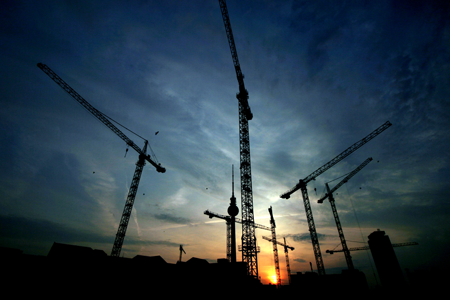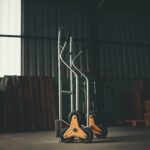For every construction company, it is important to have different crane types, because there are various crane-related tasks that need to be completed. Also, it is important for the companies to be able to recognize different crane types and how each is used. For this, few elements need to be considered. Aside from the obvious such as lifting capacity, powerful capacity, length of lift and similar features, companies should also ask the following questions:
- What kind of operations will my company deal with?
- What will my company do with different crane types?
- How can different crane types increase the productivity at the construction site?
- How frequently will each crane be used?
- How will different crane types make the construction process easier?
- How much money needs to be invest in purchasing various crane types?

There is a big difference between purchasing only one crane and hoping it will successfully complete all tasks and investing in few crane types and greatly improve the productivity and increase safety and efficiency. But every project has a set budget which is why some companies go for cheaper solution and invest in wrong crane types. This can be risky for the crane operator and other workers present on the site and will often reduce the effectiveness and productivity. There are four crane types, each designed for different application. Here is a brief information about each crane type that every company should know before purchasing one.
Jib Crane – Jib cranes are consisted of a pivoting head and a boom assembly, which carries a trolley unit and a hoist. The pivoting head is usually supported by a floor-mounted mast and is capable of rotating 360°, but it can also be supported by an existing building column and rotate by 180°. Jib cranes can also be powered by an engine and provide a precise spotting of loads.
Overhead Crane – The overhead cranes run on runway systems along the length of a factory and are able to provide three axes of hook motion. Both designs, single and double girder, have a great flexibility, allowing the hook to get a position very accurately and for loads to be placed carefully.
Gantry Crane – Gantry cranes are very similar to the overhead cranes, except that they run on tracks at floor level. The overhead bridge cranes are backed up by a pair of steel legs, which are being transported by a pair of end trucks along the floor level. The gantry cranes provide the same performance characteristics as the overhead bridge cranes.
Monorail – Monorail cranes are very unique and are specially designed for into the factory. The hook travel has two directions, up-down and along the axis of the monorail beam. But as crane is dangerous, it is not recommended to push loads out from under the center-line of the monorail beam. Monorail systems are usually integrated into continuous production systems for transport of material.






















